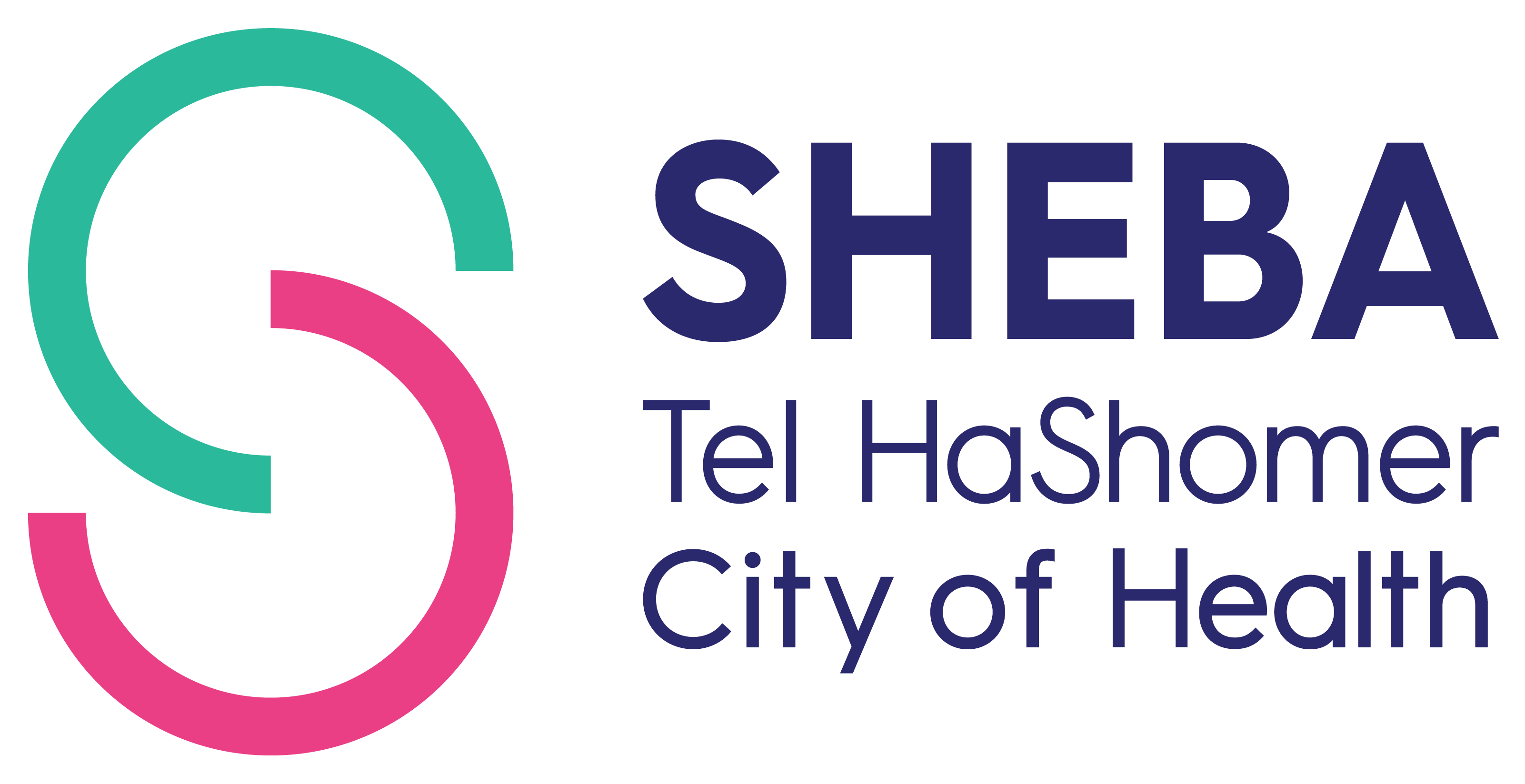הפקדת מאמר לפני פרסום
Pre-Print repositories, Preprint Servers
Repositories
- Note: Check publisher and journal policies before depositing a preprint in any repository.
- Publishers consent
- Copyright
- Citation
- Deposition time
There are a variety of preprint servers for different subjects; here is a list of some of the most popular
Biology and Medicine
- bioRxiv
Open access preprint repository for the biological sciences. papers hosted on bioRxiv are not peer-reviewed. free access. https://www.biorxiv.org/ - medRxiv
A preprint server for materials in the fields of medical, clinical, and related health sciences.
Other fields
- arXiv
Created in 1991, covers the fields of physics, mathematics, computer science, quantitative biology, quantitative finance, statistics, electrical engineering and systems science, and economics. - Europe PMC
An open science platform that enables access to a worldwide collection of life science publications and preprints from trusted sources around the globe
- GBIF -
Global Biodiversity Information Facility - international network and research infrastructure funded by the world’s governments and aimed at providing anyone, anywhere, open access to data about all types of life on Earth. - OSF Preprints
A preprint server maintained by the Center for Open Science.
- Authorea Preprint Repository – Wiley
The repository of Authorea, a collaborative platform to read, write, and publish research, maintained by Wiley. - Cambridge Open Engage
A platform from Cambridge University Press that allows users to collaborate on research.
List of Subject repositories - online archives of publications devoted to particular topics.
A global directory of open access repositories.
Maintained by Simmons College, this is a list of open access repositories by discipline.
General Lists of repositories
- https://en.wikipedia.org/wiki/List_of_preprint_repositories
- https://beckerguides.wustl.edu/
- re3data.org is a recommended search engine for finding repositories.
General OA repositories – Zenodo is recommended.
It is important to choose a “trusted digital repository“, that is either certified or supports a repository standard. However, a well reputed repository that is not certified, such as Zenodo, currently is also accepted by most of the funders.
After selecting a repository - Copyright considerations
Most of the publishers do not allow depositing the final version of the papers.
There are several ways the verify the approved version to be uploaded in the selected repository:
1. Information on the publisher’s website (most recommended).
2. Use the SHERPA/RoMEO service to check the copyright policies.
3. Review your license agreements between you and the publisher.
One may only self-archive only after the termination of the embargo period if it exists. Some publishers specify the embargo periods for each journal on their websites (i.e. for Elsevier).
Once ensuring their copyrights, authors can provide Open Access to their work (final or pre-print version) in accordance with the publisher’s terms.
Main options to retain the author’s copyrights:
- Use the Scholar’s Copyright Addendum Engine in the “Science Commons” webpage in order to generate an addendum to attach to the publication agreement. The addendum should state which rights the author will retain after sending an article to the publisher.
- Authors may also request to sign a “License to Publish” instead of a full transfer of rights. this means that the authors retain all rights that are not explicitly licensed to the publisher.
- Authors that wish to provide liberal re-use rights for users, while retaining their copyrights of the article, may ask the publisher to release their work under a Creative Commons license.
ResearchGate, Personal/laboratory websites, and other Scholar-social-media interfaces? These websites are NOT scientific repositories. One should consult the publisher before uploading any kind of version of their paper.
Citation Formats
In Notice NOT-OD-17-050, the NIH provides a format example for citing preprints in publications:
Example: Bar DZ, Atkatsh K, Tavarez U, Erdos MR, Gruenbaum Y, Collins FS. Biotinylation by antibody recognition- A novel method for proximity labeling. BioRxiv 069187 [Preprint]. August 11, 2016 [cited 2017 Jan 12]. Available from: https://doi.org/10.1101/069187.
Preprint servers also give guidance for citing preprints. Here is an example from medRxiv:
Example: Author AN, Author BT. 2019. My article title. medRxiv doi: 10.1101/2019.12.11.12345678
If there are multiple versions of the preprint and you wish to cite a specific version, you can do so by adding the version-specific URL.
Example: doi: 10.1101/2019.12.11.12345678 version 2, https://www.medrxiv.org/content/10.1101/2019.12.11.12345678v2
שימוש: פרסום מחקר לפני שצוות מתחרה יכול לפרסם את המחקר שלו באותו נושא.
שרתי הדפסה מוקדמת לרוב מחתימים חותמת זמן אוטומטית ו/או מספקים DOI עבור כל הדפסה מוקדמת שהופקדה, וכך שומרים על ראשוניות הפרסום.
אם שני צוותים עובדים על אותו נושא ועבודה של האחד מופיעה לפני השני, יש לצטט את עבודת הצוות הראשון בעבודה של הצוות השני. אם העבודה של הצוות השני יוצאת זמן קצר לאחר זו של הראשון, הדבר עשוי להעיד כי שני הצוותים עבדו עצמאית. זאת מכיוון שהתהליך הארוך בדרך כלל של מחקר ופרסום לא מאפשר לצוות השני להתחיל להשלים פרויקט מחקר חדש לחלוטין בתוך פרק הזמן הזה.
Sources
Icahn School of Medicine at Mount Sinai
Technion - https://library.technion.ac.il/open-access/
HUJI - https://huji-il.libguides.com/lifescience/eresources








